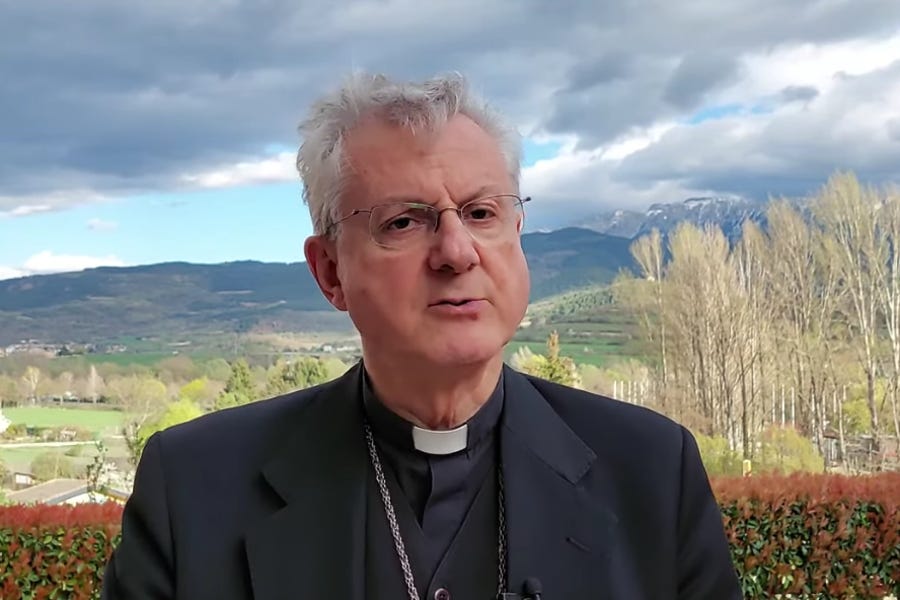Andorra has a prince-bishop. Is that about to change?
Will the Vatican create a diocese in Andorra?
Before Pope Francis’ election, it was common to hear cardinals described as “princes of the Church.”
But the term seemed to fall out of fashion after 2017, when Francis firmly told new cardinals that Jesus had not called them “to become ‘princes’ of the Church.”

